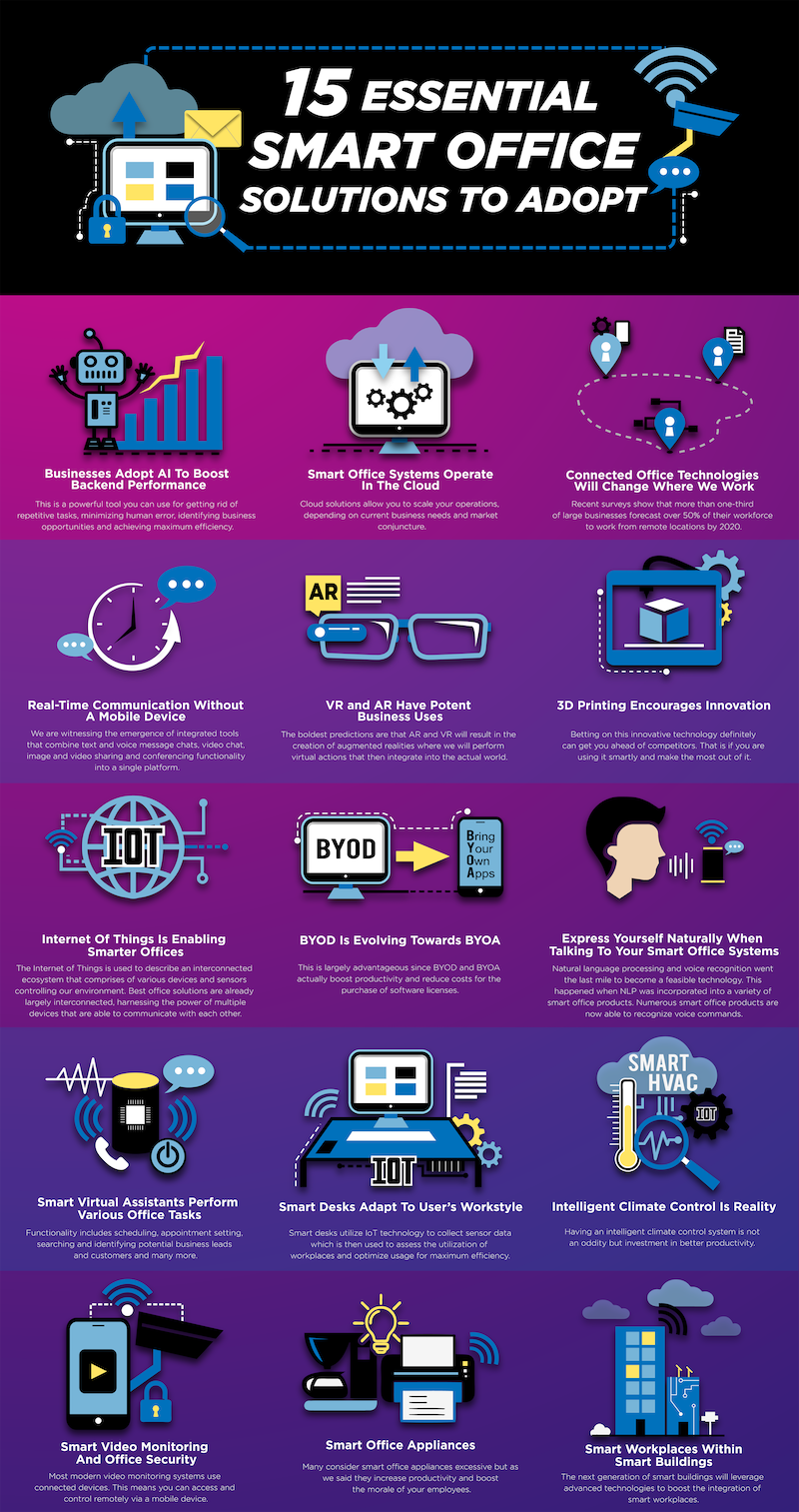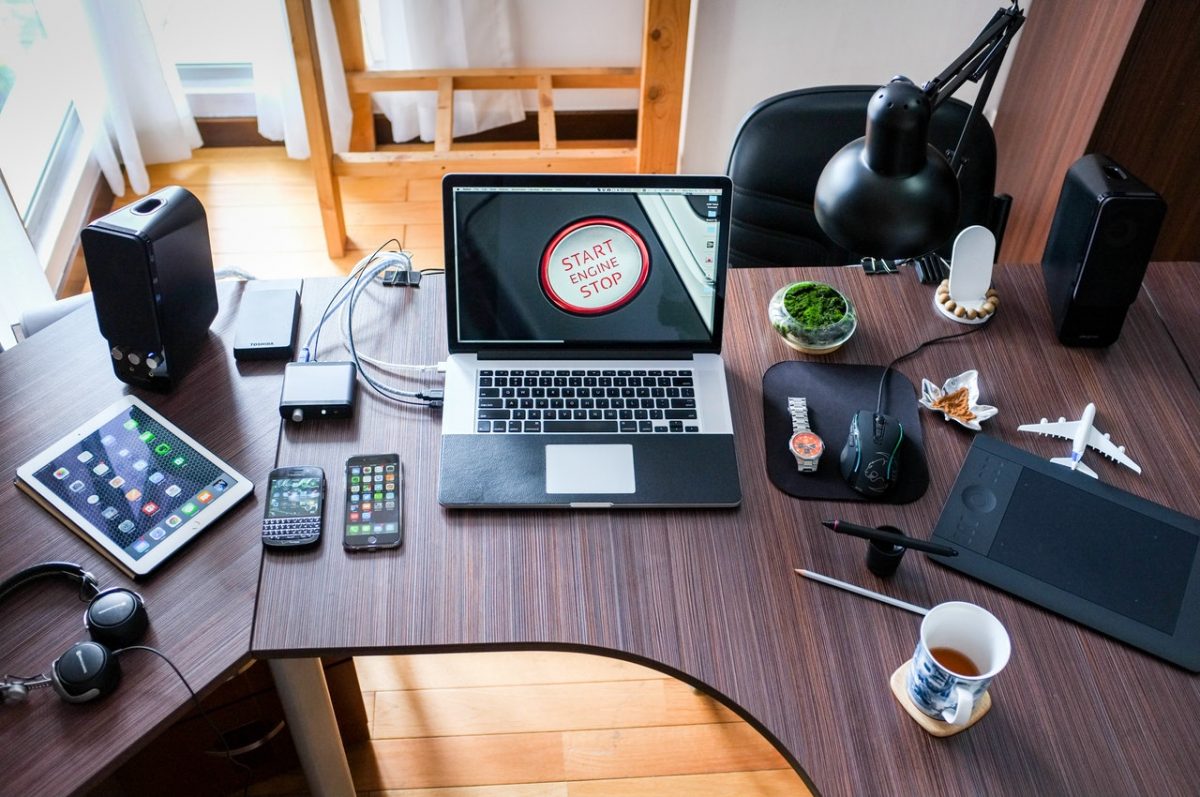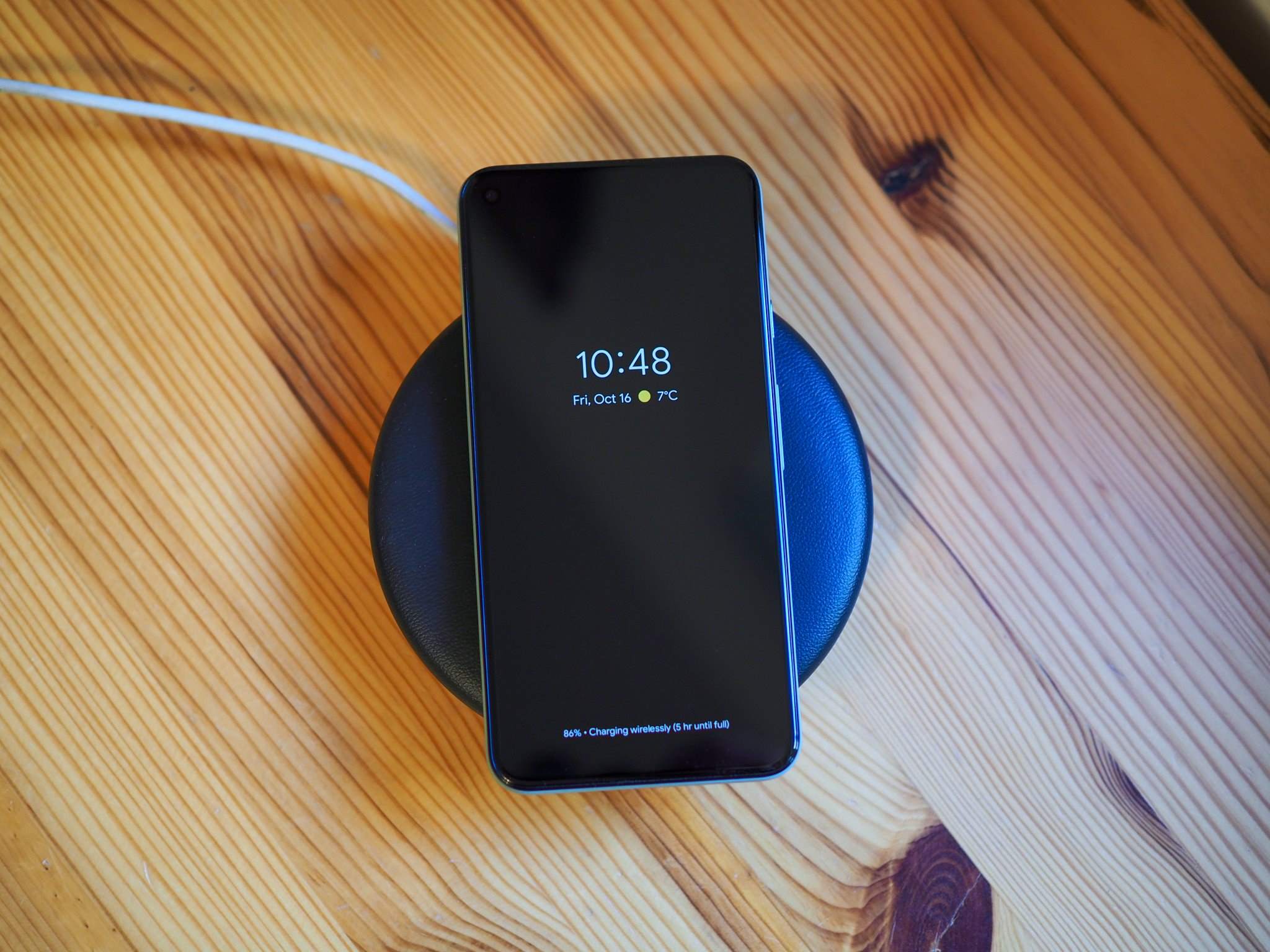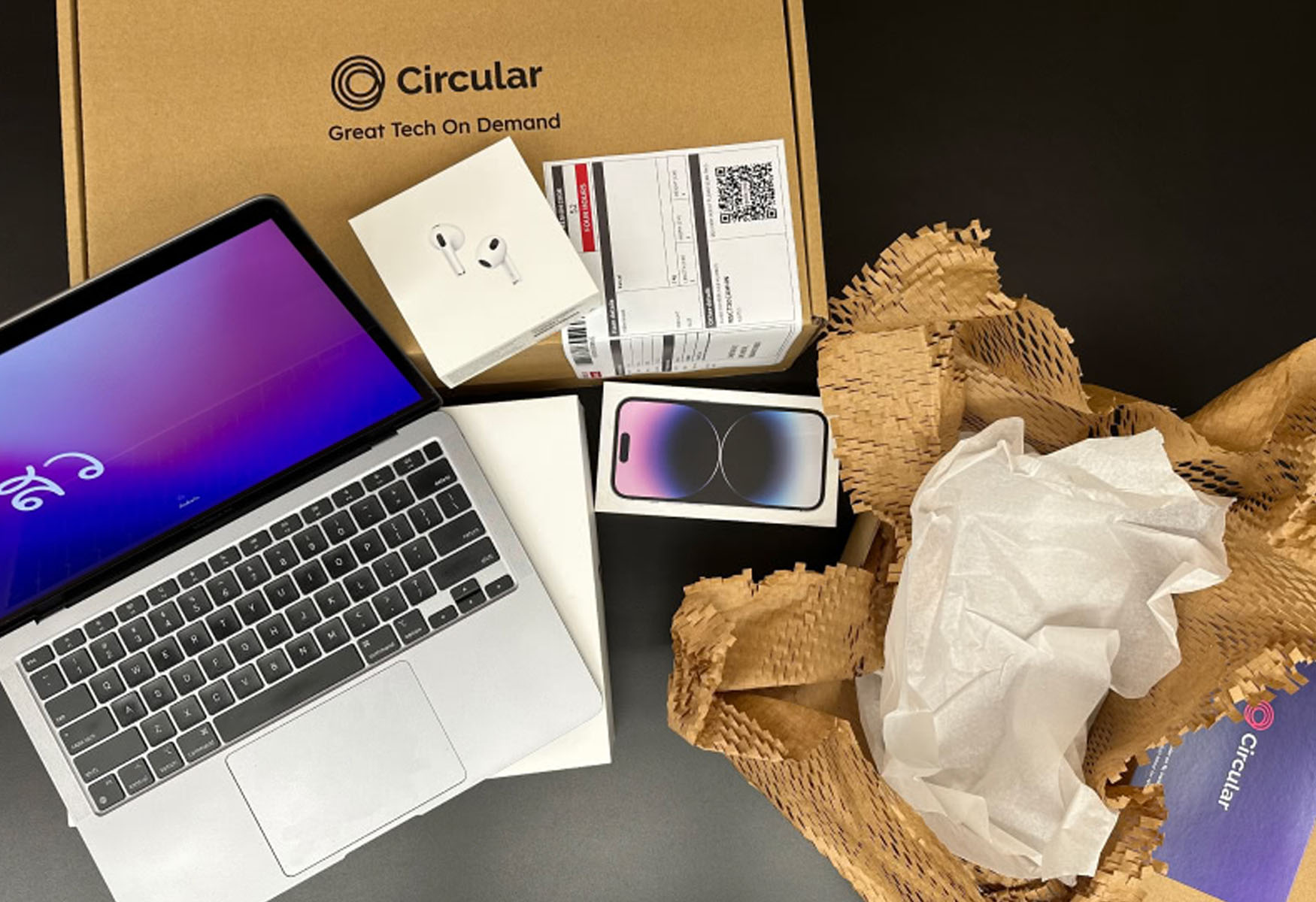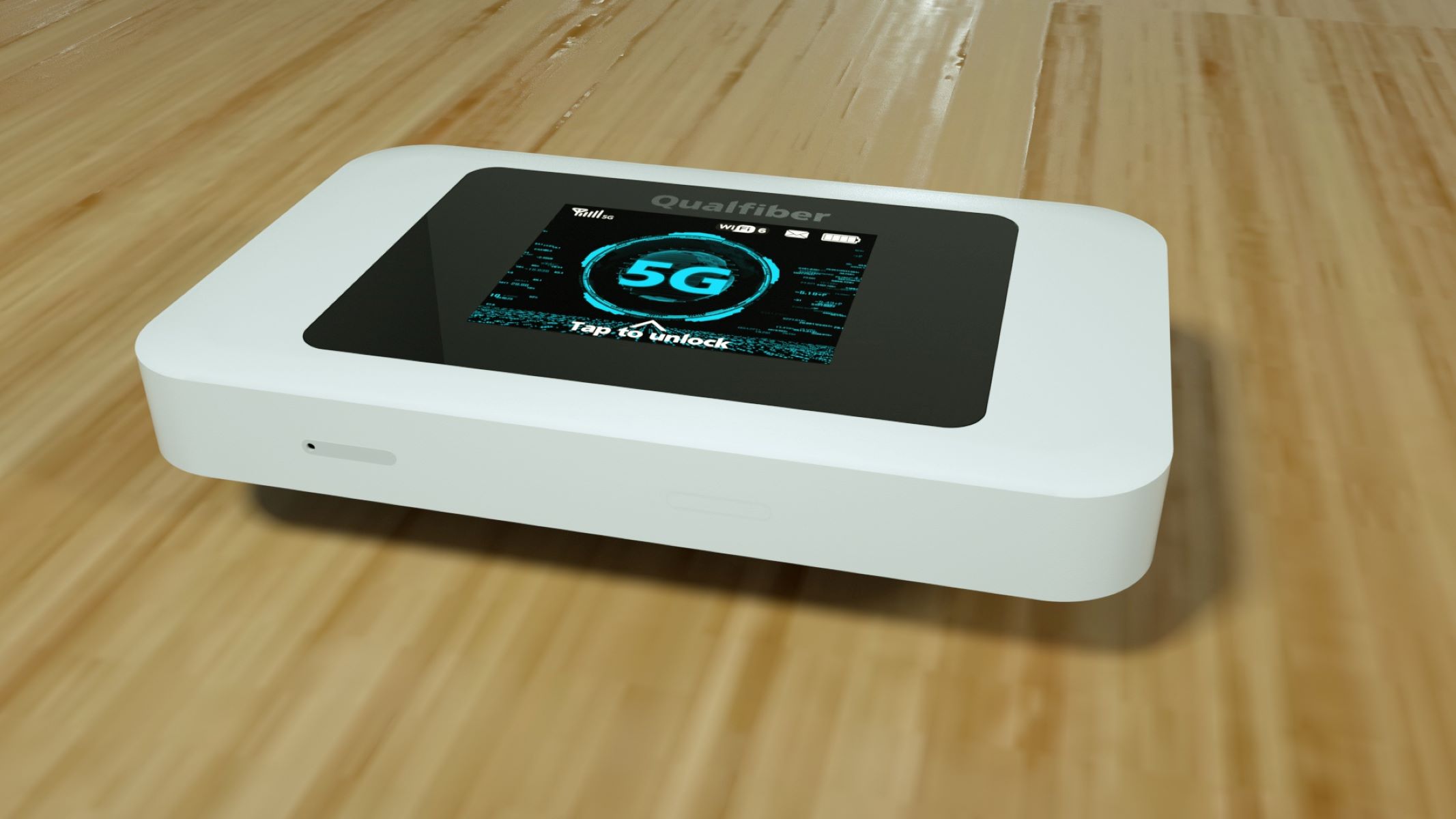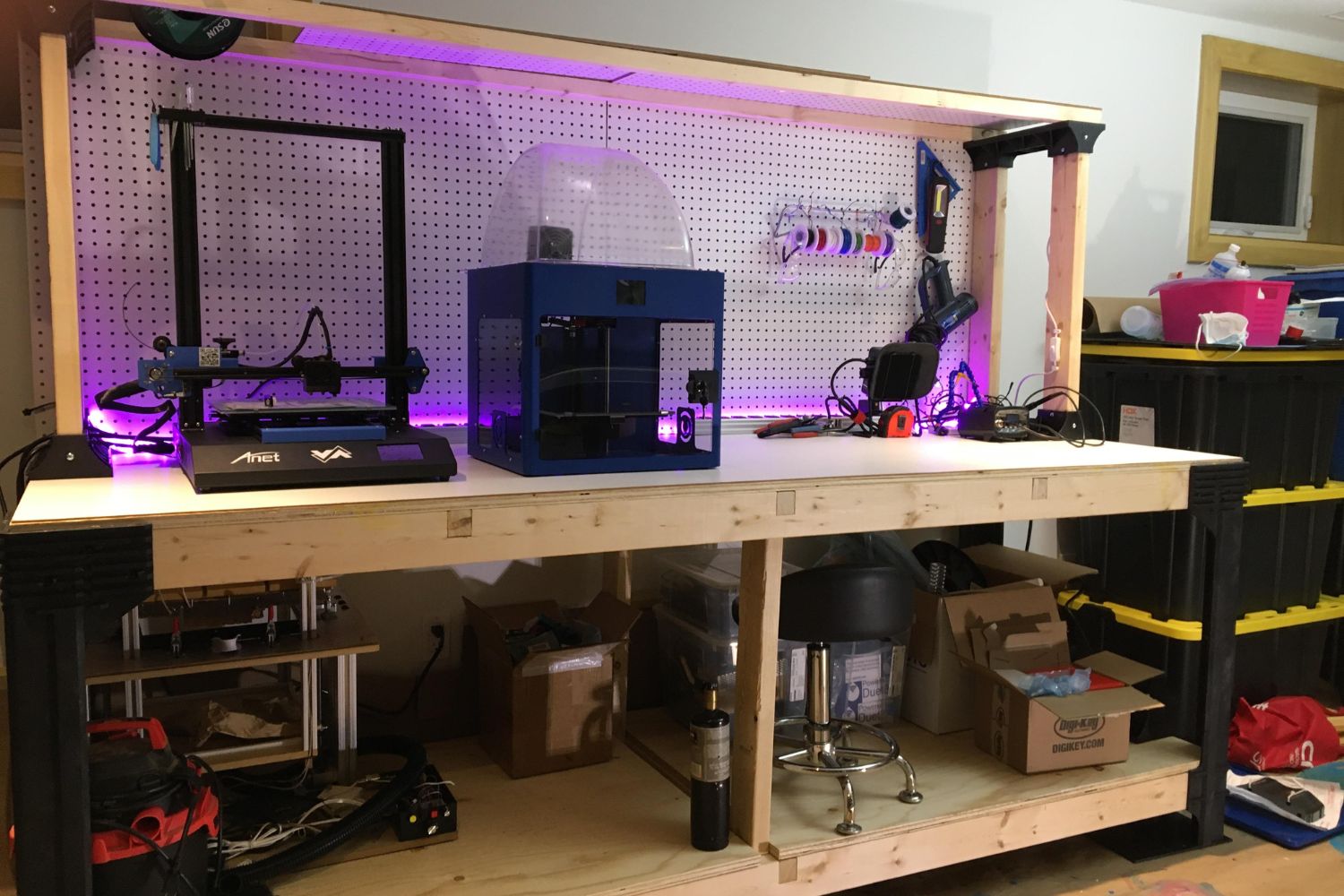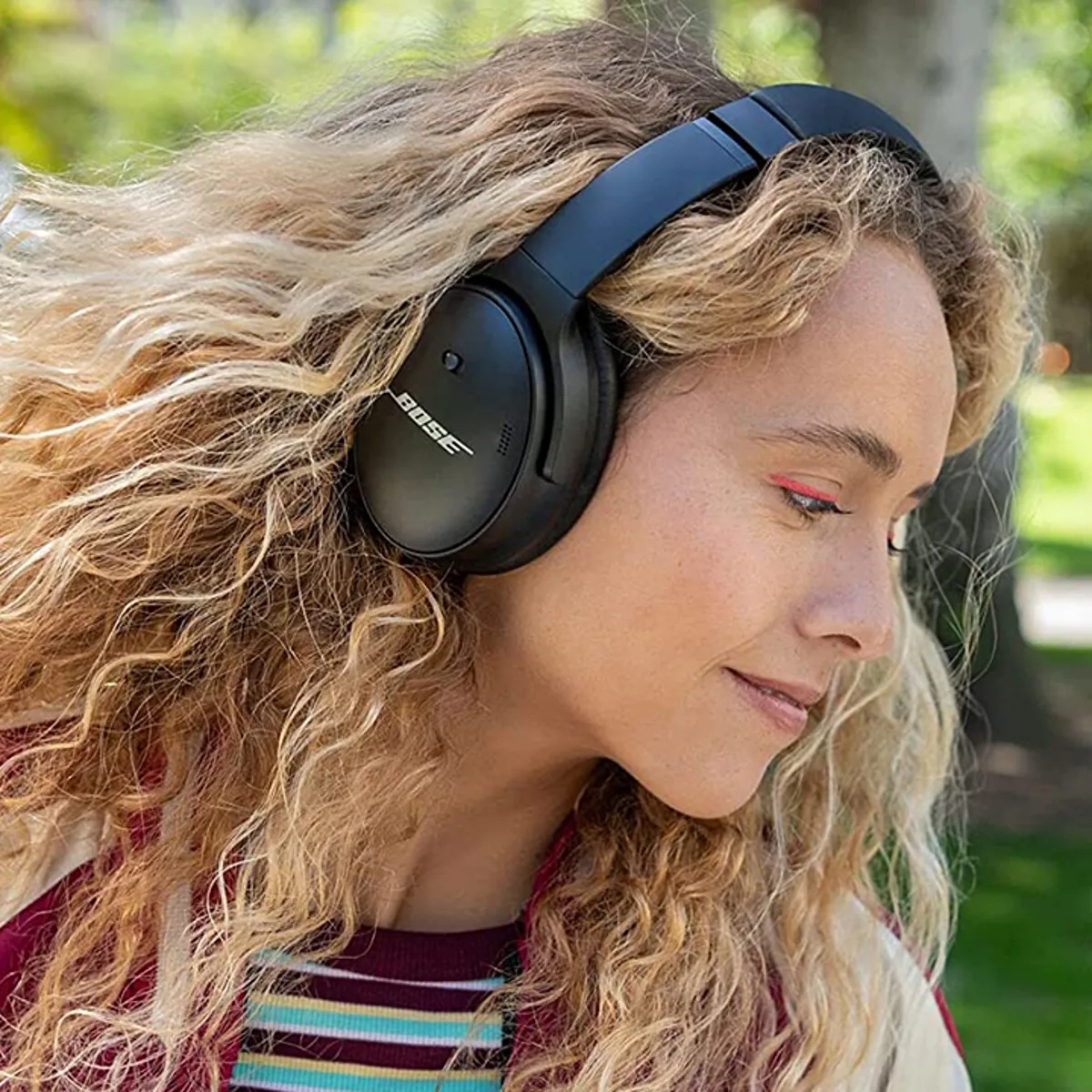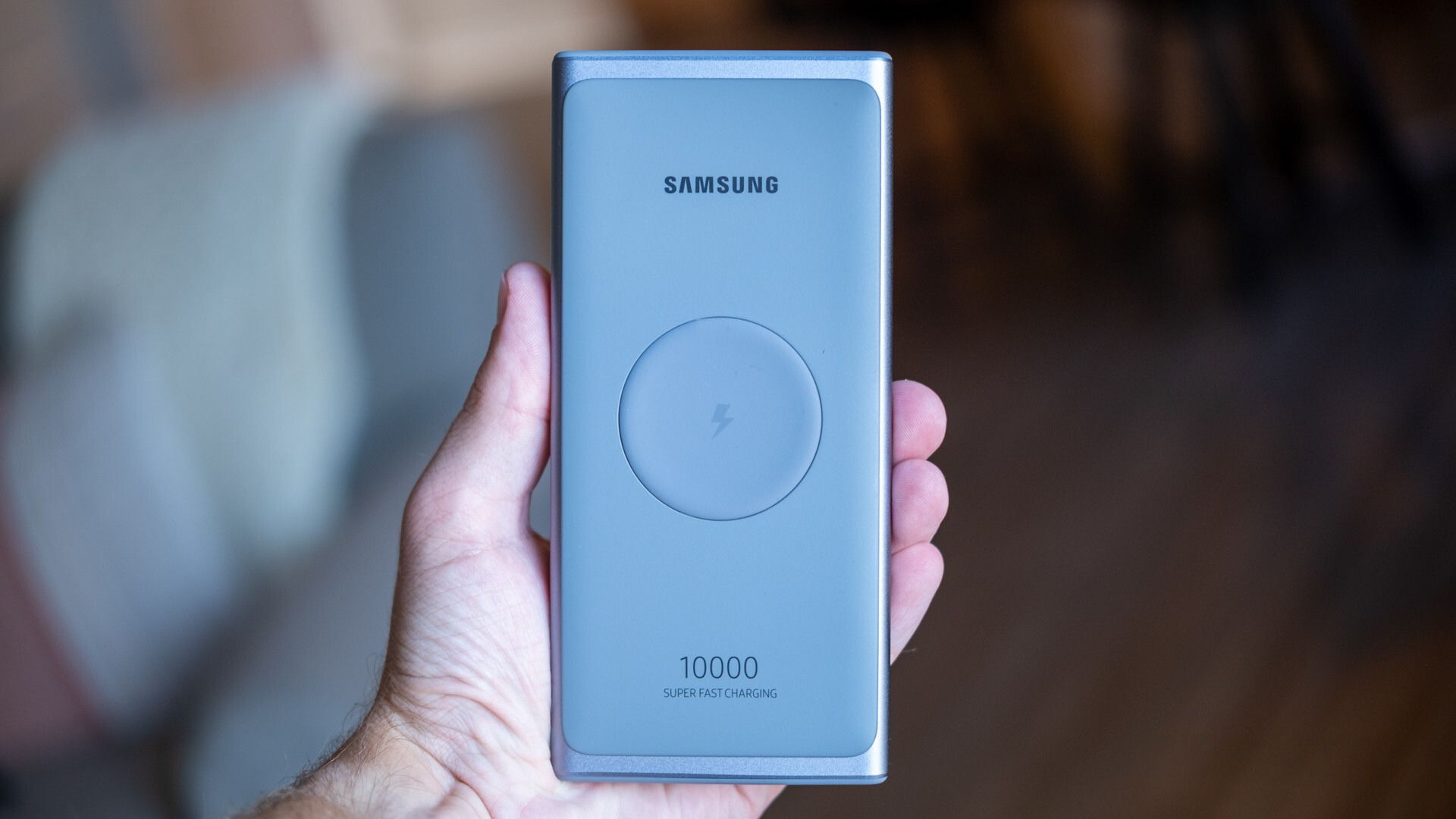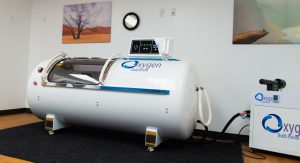The global business ecosystem is integrating smart office solutions — a result of our transition towards a knowledge-based economy. The emergence of technologies such as artificial intelligence, machine learning and the Internet of Things brings to life smart office systems. These technologies remodel various long-established practices of doing business and performing office work.
Today, smart office solutions have benefitted all industries. Therefore, businesses, large and small, should embrace these smart office systems to stay ahead of the competition. Cloud data storage is not a novelty anymore. Likewise, cutting-edge technologies such as AI-powered systems, leveraging on deep learning algorithms, put pressure on enterprises to adopt them fast or face a decline in productivity.
For businesses worldwide, the adoption of smart office solutions is a question of when and not if. Besides that, companies should also consider identifying and utilizing smart office technologies that are likely to be mainstream in the near future to reap the rewards of being early adopters.
What Does “Smart Office” Stand For?
Smart office is a broad term covering multiple technologies and products that increase employee productivity, enable real-time collaboration, reduce overall business costs and help businesses attain actionable insights regarding leads, sales and performance.
Along with software, smart office products include various devices and gadgets ranging from cloud printers and keyless smart locks to smart thermostats and light bulbs. Different sensors are able to control the office environment and automatically adjust the temperature, humidity, lighting within a workspace.
Automation of office tasks is an integral component of a smart office. This eliminates repetitive tasks, enabling employees to focus on core business activities. Adoption of intelligent and automated business systems is imperative if you are to retain your competitive advantage. However, the scope of smart technologies is getting even broader.
The next generation of smart offices will be located in smart buildings. These AI-powered buildings automatically control power and water consumption, air quality, as well as access to confidential areas. A step further is the creation of adaptive smart offices. This encompasses using a mix of sensors and predictive software to adapt to your business’s specific needs.
It is a fact that offices will become smarter over time with the rapid development of smart office solutions. So, what are some products that make an office “smart”? Which emerging technologies are about to change our office routine forever? Let’s find out!
Artificial Intelligence — A Game Changer In The Business World


Before we delve into specific smart office solutions, it is important to know that artificial intelligence (AI) is the key technology behind the disruption of long-established business practices and procedures. AI has given birth to a whole new way of doing business. Whether it be responding to market demand or analyzing customer preferences. Combined with Big Data, AI-powered smart office systems are able to identify leads and prospects, provide actionable insights, and take business intelligence to the next level.
Let us now take a look at 15 essential smart office solutions you should adopt to stay ahead of the competition.
Top 15 Smart Office Solutions
1. Businesses adopt AI to boost backend performance
Machine learning allows for the emergence of AI algorithms that learn from your past actions and behavior to recommend the most appropriate action and identify patterns in your customers’ behavior. This is a powerful tool you can use for getting rid of repetitive tasks, minimizing human error, identifying business opportunities and achieving maximum efficiency.
Amazon, Apple, Google, IBM, Microsoft and Facebook are among the leading researchers and creators of AI algorithms. Although, most AI scientists now reside in China. Machine learning will play an unprecedented role in the long-term development of any business.
2. Smart office systems operate in the Cloud
You cannot scale your business effectively without moving your smart office systems to the cloud. Storing data and running business apps in the cloud is usually cheaper and safer than in-house. Moreover, cloud solutions allow you to scale your operations, depending on current business needs and market conjuncture.
Amazon Web Service (AWS), Google Cloud Platform and Microsoft Azure Cloud Computing & Services are the leading cloud platforms while Google G Suite and Microsoft Office 365 offer complete small office solutions in the cloud. With prices starting from $4.7 per user a month for Office 365 and $6 per user a moth for G Suite, any business can leverage on the benefits of a small office solution accessible anytime from anywhere.
3. Connected office technologies will change where we work


Recent surveys show that more than one-third of large businesses forecast over 50% of their workforce to work from remote locations by 2020. We observe the same trend among small and medium businesses, which will benefit from reduced expenditures for running an office and get happier and more productive employees at the same time.
Solutions like G Suite and Office 365 enable remote work and feature some collaboration tools. But, there is an increasing number of platforms to connect office technologies into a fully integrated solution for working and collaborating in real-time, from any location.
Smart office products such as Asana, Slack, Trello or Zoho unleash the full potential of remote work by enabling businesses to manage multiple projects, collaborate in real-time, track work hours or assign tasks and sub-tasks.
4. Real-time communication without a mobile device
Real-time communication is crucial in today’s fast-paced business environment. Mobile phones and email changed the way we communicate and are still the preferred communication tools in certain industries.
Nonetheless, we are witnessing the emergence of integrated tools that combine text and voice message chats, video chat, image and video sharing and conferencing functionality into a single platform. Why should a business pay for multiple communication apps when you get an all-in-one online-enabled small office solution?
Skype, Zoom and Viber are popular video and audio call and conferencing tools but new connected office technologies provide more than that. For instance, cloud-based platforms like Flock and Ryver combine collaboration, project management, chat and audio & video calls into one tool. Flock even offers a free plan with group video call for up to 20 users while Ryver plans start at $49 for 12 users with voice and video calls and unlimited file sharing.
5. VR and AR Have Potent Business Uses
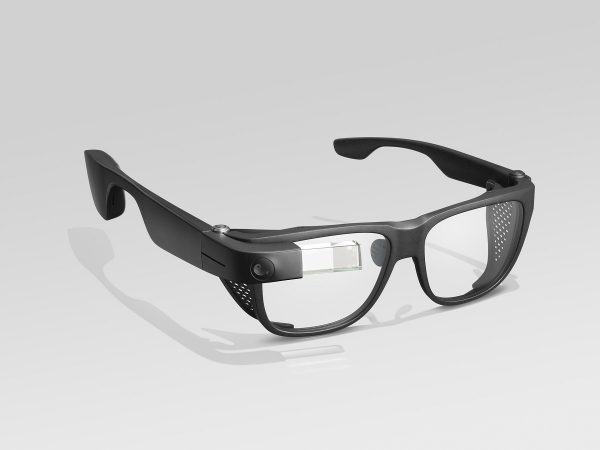

Virtual and augmented reality products are considered the next big thing as manufacturers of AR and VR gadgets like Microsoft, Google and Facebook consider ways to make them usable for business applications.
An AR headset enables the creation of interior or exterior designs without having to touch a computer at all. AR technology allows a designer to get a real feeling of what the design looks like in the material world, which is barely achievable even on a computer with 3D capabilities.
A VR helmet can allow experts from different domains to explore various objects that are otherwise inaccessible to the eye. This opens the door for enhancements of products and materials and can have wide application across the healthcare industry.
The boldest predictions are that AR and VR will result in the creation of augmented realities where we will perform virtual actions that then integrate into the actual world.
6. 3D printing encourages innovation
Many consider the novel 3D printing technology just a cool office technology. But, it already has feasible applications in business. You can easily and affordably develop prototypes and compare them to products by competitors.
Gradually, 3D printing is progressing toward the manufacturing of actual products. This boosts productivity and increases profit margins in the process.
Betting on this innovative technology definitely can get you ahead of competitors. That is if you are using it smartly and make the most out of it.
7. Internet of Things is enabling smarter offices
The Internet of Things is used to describe an interconnected ecosystem that comprises of various devices and sensors controlling our environment. Best office solutions are already largely interconnected, harnessing the power of multiple devices that are able to communicate with each other.
Smart machine-to-machine systems can boost productivity in many ways. For instance, connected smart office technologies are able to follow your schedule for meeting with teams and customers and automatically set up your conference room systems right before a meeting starts.
Wearables are also part of the broad IoT ecosystem with smartphones, smartwatches and even fitness trackers allowing you to control the light, temperature, and locks in your smart office remotely.
8. BYOD is evolving towards BYOA
Many businesses are taking advantage of Bring-Your-Own-Device (BYOD) policies that enable their employees to use a device that they know best and which they feel most comfortable using. A BYOD policy brings up cybersecurity concerns, but a working BYOD strategy produces benefits like greater productivity and happier workers.
The latest trend you should follow to stay competitive is the adoption of Bring-Your-Own-Application (BYOA) approach. A comprehensive strategy for allowing employees to use the applications they are most familiar with will bear fruits as most business applications are now compatible with each other or you can connect and integrate them using tools such as Zapier.
Millennials are rapidly entering the workforce and are starting to occupy higher positions while a good percentage of this generation of workers prefers using their personal devices and custom-made apps. This is largely advantageous since BYOD and BYOA actually boost productivity and reduce costs for the purchase of software licenses.
The ultimate step will be the introduction of an integrated system that enables the complete customization of a workplace experience by bringing and connecting any smart technology in the office.
9. Express yourself naturally when talking to your smart office systems
Natural language processing and voice recognition went the last mile to become a feasible technology. This happened when NLP was incorporated into a variety of smart office products. Numerous smart office products are now able to recognize voice commands.
Virtual assistants such as Amazon Echo, Google Home, Sonos One and Apple HomePod were originally intended to control a smart home through voice commands. But, more and more software developers are releasing applications that can be of use to businesses. They can also work in combination with IoT devices and connect sensors to manage your office environment.
10. Smart virtual assistants perform various office tasks


Speaking of voice commands, we cannot ignore the mass adoption of capable virtual assistants to perform various tasks through recognizing voice and text commands. Currently, the most potent virtual assistants include Apple’s Siri, Google Assistant, Microsoft’s Cortana and Alexa from Amazon. All of them are powered by AI algorithms and use machine learning to adapt to your preferences and learn new skills.
One of the main advantages of virtual assistants is that most of them run on any device, enabling you to benefit from smart office technology on the go. Functionality includes scheduling, appointment setting, searching and identifying potential business leads and customers and many more.
11. Smart desks adapt to user’s workstyle
The best office solutions now offer smart desks that remember each user’s preferences. Just imagine what advantages a smart desk offers in the context of a smart office! Nowadays, employees share desks and co-working spaces are getting more popular.
A smart desk also allows employers to track who works where and have instant two-way communication via built-in communication apps. Smart desks utilize IoT technology to collect sensor data which is then used to assess the utilization of workplaces and optimize usage for maximum efficiency.
12. Intelligent climate control is reality
A smart building monitors and manages the building’s microclimate through a central control hub. You can have the very same functionality in your company office.
A new generation of workers wants to have office perks such as customizable temperature and humidity. A number of smart office solutions offer just that. A smart HVAC system can track and analyze usage patterns and then automatically adjust room temperature.
Recent surveys show that temperature markedly affects the productivity of employees. Therefore, having an intelligent climate control system is not an oddity but investment in better productivity. Smart HVAC systems can also use IoT sensors to switch off and on the air conditioning and heating of a room in accordance with employees’ work schedules and business hours to save energy.
13. Smart video monitoring and office security


One of the first smart office products to hit the market was intelligent systems for video monitoring. This adds a further layer of security for any office. Video monitoring systems can also communicate with AI-powered systems to provide actionable data on office space utilization, thus enabling facility managers to optimize an office room’s usage.
Most modern video monitoring systems use connected devices. This means you can access and control remotely via a mobile device. Usually, the system is storing data in the cloud. Therefore, it eliminates the need to log in to an office server to check video records.
14. Smart office appliances
Many consider smart office appliances excessive but as we said they increase productivity and boost the morale of your employees.
At present, a large number of cool office technology is available. This includes office appliances such as smart coffee machines, intelligent printers, and fridges.
A smart coffee machine, for instance, not only remembers the preferences of each employee but is also accessible online or through a mobile device, which in turn further boosts productivity by saving you time.
A smart printer can automatically call for the replenishment of consumables upon depletion. The same applies to your intelligent office refrigerator that can arrange for a re-supply on its own.
15. Smart workplaces within smart buildings
That said, we are moving toward an all-encompassing smart office environment situated in the context of a smart building. It does not make sense to have all these smart office systems and not implement them at a larger and broader scale, right?
Actually, smart buildings are actually relatively common, offering intelligent control over their HVAC systems, lighting networks, parking lots, elevators, floor and room access, and other building facilities and systems. The next generation of smart buildings will leverage advanced technologies to boost the integration of smart workplaces.
Final Thoughts
Implementing smart office solutions is business-critical. Smart business systems offer interconnectivity and machine intelligence to enhance productivity. This will be the difference between a successful business and a struggling enterprise.
The smart office market is packed with vendors and products and is one of the fastest developing worldwide. Not all smart office products and solutions will pass the test of time. But, you definitely should adopt this new technology to stay ahead of the competition.
